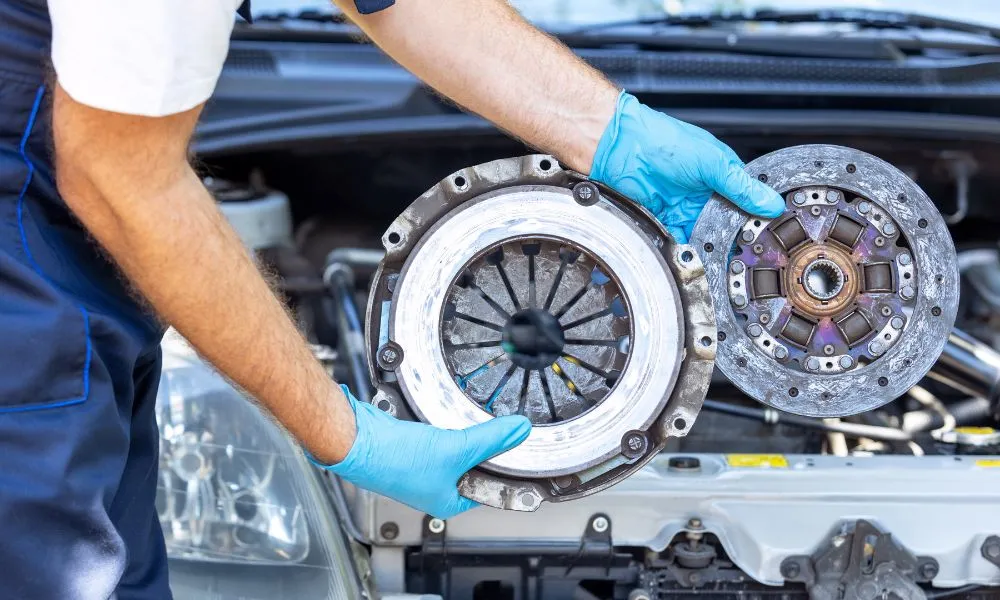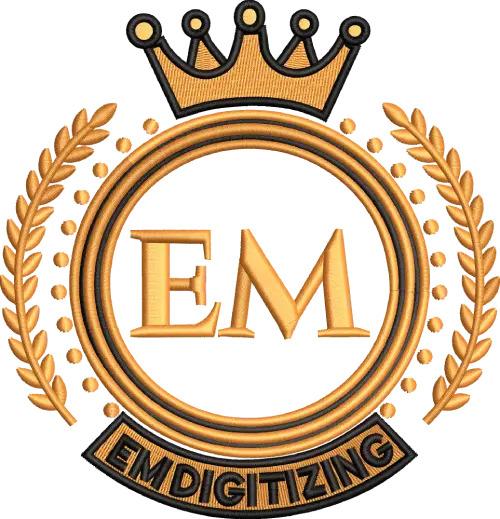The clutch is one of the most vital components of your vehicle, especially if you drive a manual transmission. It connects the engine to the transmission and allows you to shift gears smoothly. However, clutches are also subject to wear and tear, and without proper care, they can fail prematurely. The good news is that by following some expert maintenance tips, you can prolong the life of your clutch and avoid the need for frequent clutch repairs. In this guide, we’ll explore practical strategies to help you maintain your clutch and keep it functioning optimally for years to come.
Understand How the Clutch Works
Before diving into specific maintenance tips, it’s essential to understand the basic function of the clutch. When you press the clutch pedal, it disengages the engine from the transmission, allowing you to change gears without damaging the gear teeth. Releasing the pedal re-engages the engine, transferring power to the wheels. This process involves several components, including the clutch disc, pressure plate, and flywheel. Each of these parts plays a crucial role in the clutch’s operation, and any damage to them can lead to clutch failure.
Common Causes of Clutch Wear
Understanding the common causes of clutch wear can help you avoid practices that shorten its lifespan. Here are some of the main factors that contribute to clutch wear:
- Riding the Clutch: Keeping your foot on the clutch pedal while driving, even slightly, can cause the clutch disc to slip against the flywheel, leading to excessive wear.
- Aggressive Driving: Quick gear shifts, hard acceleration, and driving in high RPMs can put unnecessary strain on the clutch.
- Overloading the Vehicle: Carrying loads that exceed your vehicle’s capacity forces the clutch to work harder, increasing wear and tear.
- Frequent Stop-and-Go Driving: Urban driving, with its constant stopping and starting, can be tough on your clutch, as it’s engaged and disengaged more frequently.
Expert Tips to Prolong the Life of Your Clutch
Now that you know what causes clutch wear, let’s look at how you can extend its life. By following these expert maintenance tips, you can keep your clutch in good condition and reduce the likelihood of needing clutch repairs.
1. Avoid Riding the Clutch
One of the most common mistakes drivers make is riding the clutch. This happens when you rest your foot on the clutch pedal while driving. Even light pressure can cause the clutch to partially disengage, leading to unnecessary wear. To avoid this, only press the clutch pedal when you’re changing gears and keep your foot off it at all other times. If you’re waiting at a red light or in traffic, shift into neutral instead of keeping the clutch engaged.
2. Shift Gears Smoothly
Smooth gear changes are key to prolonging the life of your clutch. When shifting gears, make sure to press the clutch pedal all the way down before moving the gear stick. This ensures that the clutch is fully disengaged, reducing the stress on the clutch components. Additionally, avoid shifting gears too quickly or at high RPMs, as this can cause the clutch to slip and wear out faster.
3. Use the Handbrake on Hills
When stopped on a hill, many drivers hold the vehicle in place by balancing the clutch and the accelerator. This practice, known as “hill holding,” can cause significant wear on the clutch. Instead, use the handbrake to keep the car stationary. When it’s time to move, release the handbrake as you press the accelerator and engage the clutch. This technique reduces strain on the clutch and helps extend its life.
4. Avoid Overloading Your Vehicle
Overloading your vehicle can put extra stress on the clutch, especially when starting from a stop or driving uphill. Always adhere to your vehicle’s load limits, which can be found in the owner’s manual. If you frequently carry heavy loads, consider upgrading to a heavier-duty clutch designed to handle the extra weight.
5. Practice Engine Braking
Engine braking is a technique that involves downshifting to slow down your vehicle instead of relying solely on the brakes. This reduces the need to use the clutch frequently and helps distribute the wear between the clutch and the engine. To engine brake, shift to a lower gear while gradually releasing the accelerator. This method is particularly useful when driving downhill or approaching a stop.
6. Schedule Regular Maintenance
Regular maintenance is crucial for prolonging the life of your clutch. During routine service appointments, ask your mechanic to check the clutch system for signs of wear or damage. If any issues are detected early, they can be addressed before they lead to major clutch repairs. Additionally, make sure to keep the clutch fluid (if your vehicle has a hydraulic clutch) at the proper level, as low fluid can cause the clutch to malfunction.
7. Don’t Hold the Clutch at Red Lights
When waiting at a red light, it’s common for drivers to keep the clutch pedal pressed while the car is in gear. This practice can cause unnecessary wear on the clutch components. Instead, shift into neutral and release the clutch pedal while waiting for the light to change. This simple habit can significantly reduce clutch wear over time.
8. Warm Up Your Vehicle
In cold weather, it’s a good idea to warm up your vehicle before driving. Cold temperatures can cause the clutch fluid to thicken, making it harder for the clutch to operate smoothly. Letting your engine idle for a few minutes can help the fluid reach its optimal temperature and ensure that the clutch functions properly from the start.
9. Learn to Feather the Clutch
“Feathering” the clutch means engaging it gradually to avoid sudden movements or jerks. This technique is especially useful in stop-and-go traffic or when starting on slippery surfaces. By feathering the clutch, you reduce the risk of slipping and minimize wear on the clutch disc.
10. Replace Worn Components Promptly
If you notice any signs of clutch wear, such as slipping, difficulty shifting gears, or a spongy clutch pedal, don’t ignore them. Addressing these issues promptly with clutch repairs can prevent more extensive damage and extend the overall lifespan of your clutch. Waiting too long to repair or replace worn components can lead to costly repairs and potentially leave you stranded on the road.
Conclusion
Prolonging the life of your clutch is all about adopting good driving habits and staying proactive with maintenance. By avoiding common mistakes like riding the clutch, shifting gears smoothly, and using the handbrake on hills, you can reduce wear and tear on your clutch. Regular maintenance, including checking the clutch fluid and scheduling routine inspections, is also essential for catching potential problems early. If you do encounter issues, don’t hesitate to seek clutch repairs to keep your vehicle running smoothly.
Remember, a well-maintained clutch not only enhances your driving experience but also saves you money on repairs and extends the life of your vehicle. By following these expert tips, you can keep your clutch in top condition and enjoy years of trouble-free driving.






